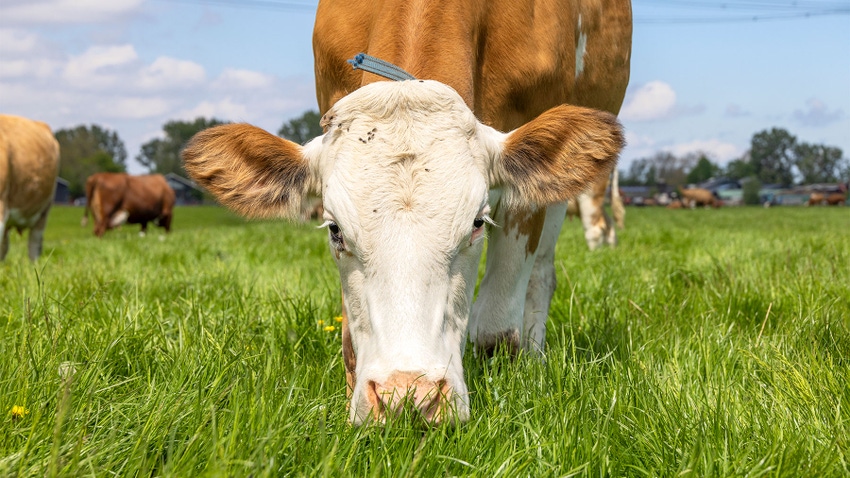
After another year of drought, grass stands for cattle grazing are sketchy, but planting summer annuals can be a stopgap measure for farmers.
There are benefits to seeding summer annual grasses, such as improving thin pastures stands and adding forage diversity to improve cattle productivity, says Patrick Davis, University of Missouri Extension livestock field specialist.
His go-to grasses are:
crabgrass
pearl millet
sudangrass
Farmers should seed these now to strengthen the summer grazing rotation, Davis says. However, proper grazing is important for forage growth and cattle performance.
Management of summer annuals
Davis offers the following advice for grazing summer annuals:
Crabgrass. Cattle should graze when crabgrass reaches heights of 3 to 10 inches, or roughly 30 to 45 days after planting.
Sudangrass. Turn cattle out when this annual grass reaches 24 inches or taller, typically 45 to 60 days after planting. This will prevent the likelihood of prussic acid poisoning in cattle. Do not graze below 10 inches.
Pearl millet. This is a good alternative for many cattle farmers as it does not cause prussic acid poisoning. Cattle can begin grazing pearl millet at a height of 18 to 30 inches, or 45 days after planting. Again, this is one summer annual that you should not graze below 10 inches.
Level of caution
“Nitrate toxicity can be an issue with sudangrass and pearl millet if there is a summer drought,” Davis warns.
Here are the most likely signs of nitrate poisoning, according to University of Arkansas Extension:
difficult and painful breathing
incoordination
cyanotic membranes
diarrhea
rapid breathing
frequent urination
muscle tremors
dark to chocolate-colored blood
weakness
collapse
low tolerance to exercise
reduced milk production
Nitrate poisoning can cause death within a half-hour to four hours after symptoms appear.
Davis suggests farmers consult their MU Extension livestock field specialist for cattle and forage management strategies to reduce potential nitrate toxicity issues.
A look at legumes
In addition to summer annual grasses, legumes such as lespedeza will boost forage production.
If seeded in April, Davis says lespedeza can thicken thin cool-season pasture stands and strengthen the pasture grazing rotation during the summer months.
Bonuses of this legume include:
non-bloating
drought tolerance
dilutes fescue toxicosis
This legume helps cattle perform better and be more profitable on fescue pastures, Davis notes. Even though lespedeza is an annual, it will come back each year — if allowed to reseed itself.
Read more about:
SudangrassesAbout the Author(s)
You May Also Like






